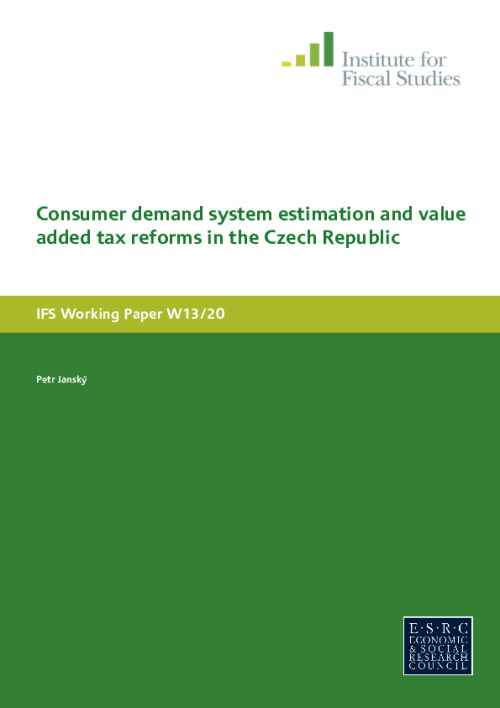Reforms of indirect taxes, such as the recent changes in rates of value added tax (VAT) in the Czech Republic, change prices of products and services to which households can respond by adjusting their expenditures. I estimate the behavioural response of consumers to price changes in the Czech Republic applying a consumer demand model of the quadratic almost ideal system (QUAIDS) form to the Czech Statistical Office data for the period from 2001 to 2011. I then derive the estimates of own- and cross-price and income elasticities and I use these to estimate the impact of changes in VAT rates, which were proposed or implemented between 2011 and 2013, on households and government revenues. I further find that this method, which allows for behavioural response, yields lower estimates of changes in VAT revenues than when I use the standard static simulation. These relatively small, but statistically significant differences might partly explain the past cases, and might lead to future cases, of the over-estimation of VAT revenues by the Ministry of Finance of the Czech Republic.










